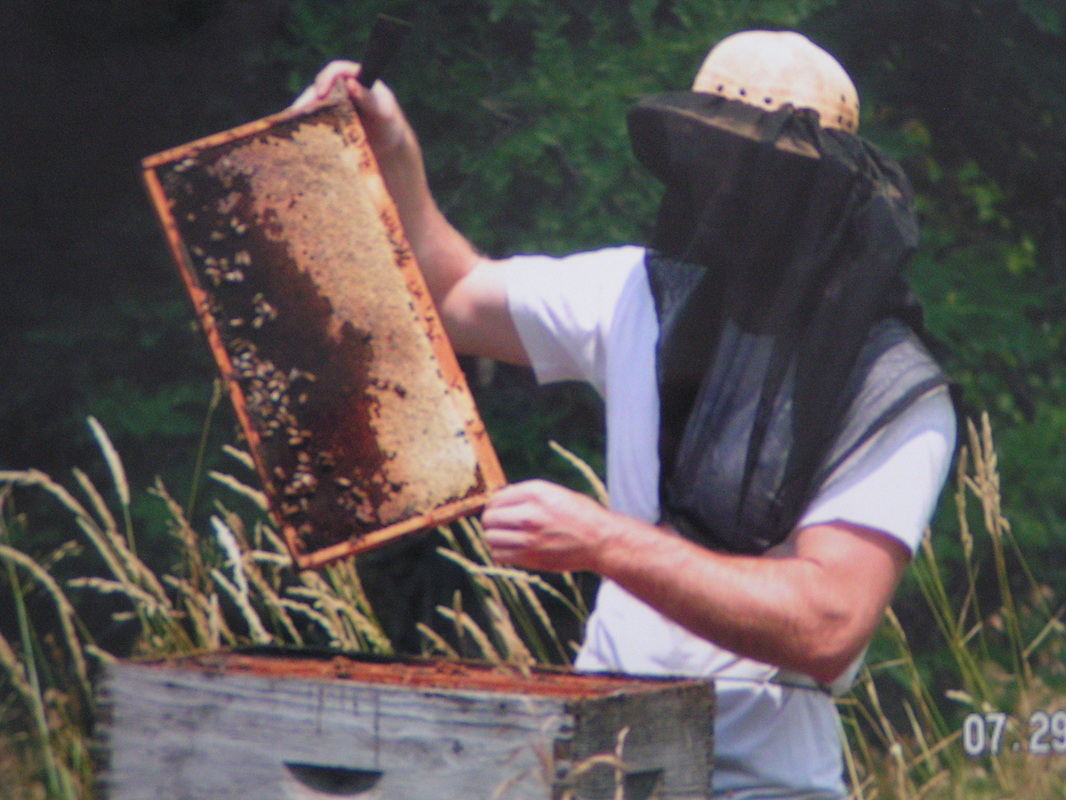A team studying honeybees in Hawaii found that the Varroa mite helped spread a particularly nasty strain of a disease called deformed wing virus.
The mites act as tiny incubators of one deadly form of the disease, and inject it directly into the bees' blood.
This has led to 'one of the most widely-distributed and contagious insect viruses on the planet'.
Dr Martin explained to BBC Nature that most viruses were not normally harmful to the bees, but the mite 'selected' one lethal strain of one specific virus.
'In an infected bee there can be more viral particles than there are people on the planet,' Dr Martin explained.
'There's a vast diversity of viral strains within a bee, and most of them are adapted to exist in their own little bit of the insect; they get on quite happily.'
But the mite, he explained, 'shifts something'.
In Varroa-infected bees, over time, the vast majority of these innocuous virus strains disappear and the bees' bodies are filled with one lethal strain of deformed wing virus.
And when it comes to viral infection, it's the sheer quantity that kills; each viral particle invades a cell and takes over its internal machinery, turning the bee's own body against itself.
Although it is not clear exactly why this strain thrives in mite-infected bees, Dr Martin explained that it could be the one virus best able to survive being repeatedly transmitted from the mites to the bees and back, as the mites feed on the bees' blood."
Honeybee virus: Varroa mite spreads lethal disease
By Victoria Gill

 RSS Feed
RSS Feed
